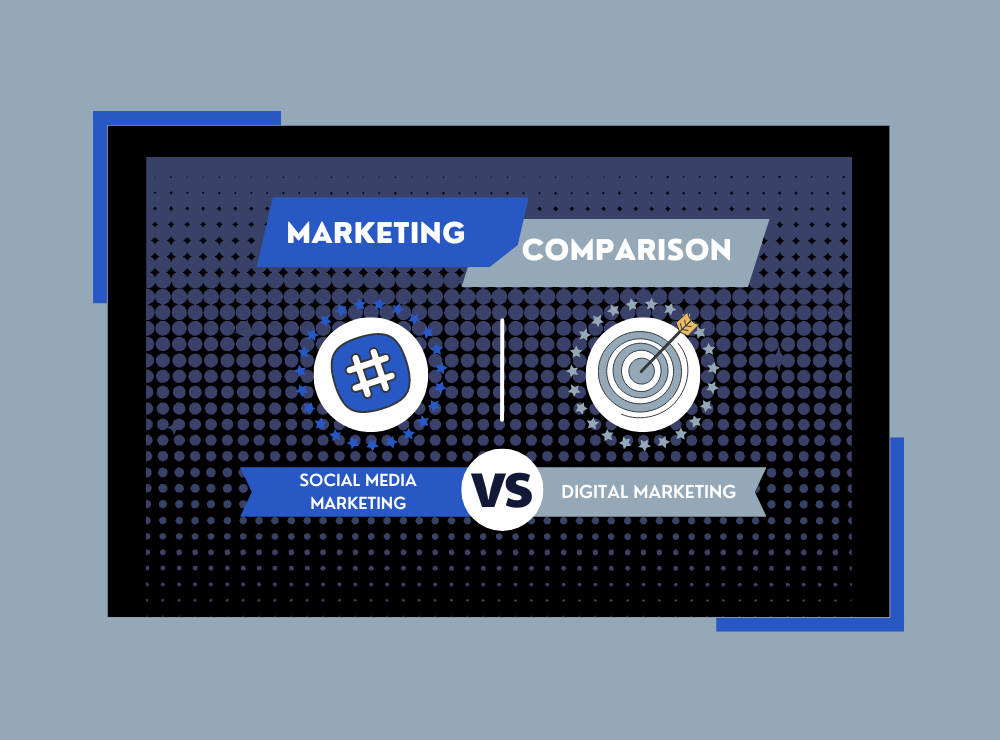What is Lead Scoring?
Lead scoring is a system that assigns points to your contacts based on their behaviors (like email engagement, website visits, form submissions) and demographic information (like job title, industry, or company size). These scores help your team identify high-quality leads who are ready for a sales conversation, while also filtering out less qualified prospects.
HubSpot's lead scoring feature automates this process, allowing you to track interactions with your business, add or subtract points based on lead actions, and flag when leads hit a specific threshold that qualifies them for the next step in your sales funnel.
Why Use Lead Scoring?
Lead scoring helps your marketing and sales teams by:
- Prioritizing Leads: By scoring contacts based on their likelihood to convert, your sales team can focus on the leads that matter most.
- Improving Alignment Between Marketing and Sales: Lead scoring bridges the gap between the two teams, ensuring that marketing is delivering quality leads, and sales is focusing on the most engaged prospects.
- Saving Time: Automation allows you to set clear criteria for lead qualification, reducing the manual work of evaluating every lead.
- Increasing Conversions: By focusing on high-quality leads, your sales team can engage more effectively, leading to increased conversions and shorter sales cycles.
Setting Up Lead Scoring in HubSpot: Step-by-Step
1. Define What Makes a Qualified Lead
Before setting up your lead scoring system in HubSpot, you need to define what a “qualified lead” looks like for your business. An MQL is just one stage of the Lifecycle stages. Start by answering these questions:
- What behaviors show intent to buy? (e.g., requesting a demo, visiting pricing pages)
- What characteristics describe your ideal customer? (e.g., job title, company size, industry)
- What actions indicate disengagement? (e.g., unsubscribe, inactivity)
Work with your HubSpot marketing company, or you internal marketing and sales teams to create a shared definition of qualified leads. This will form the basis of your lead scoring system.
2. Access HubSpot’s Lead Scoring Tool
To start creating your lead scoring model in HubSpot, follow these steps:
- Navigate to Settings in your HubSpot account.
- Select Properties under “Data Management.”
- Search for the HubSpot Score property, which is the default lead scoring system, or create a new custom score if needed.
3. Assign Positive Points for High-Value Actions
Once you access the lead scoring tool, you’ll begin assigning points to various actions that signal high interest or fit. For example:
- Form Submissions: +10 points for submitting a contact form or request for a demo.
- Email Engagement: +5 points for opening an email, +10 points for clicking a link in an email.
- Content Downloads: +15 points for downloading gated content, such as an eBook or whitepaper.
- Website Behavior: +10 points for visiting the pricing page, +5 points for repeated visits to a product page.
Each of these actions indicates increasing engagement and interest in your product, making them more likely to convert.
4. Assign Negative Points for Disqualifying Factors
Not every lead will be a good fit for your business. To ensure your sales team focuses on the right prospects, assign negative points to disqualifying actions or characteristics. For example:
- Unsubscribes from emails: -10 points for losing email interest.
- Inactive for 60 days or more: -15 points for lack of engagement.
- Low-quality demographic fit: -20 points for industries or job roles outside your target audience.
By assigning negative points, you ensure that disengaged or unqualified leads don’t get prioritized, saving your team time and effort.
5. Set a Scoring Threshold for MQLs and SQLs
Once you have assigned scores to various actions, you’ll need to determine the total points a lead must accumulate to be considered a Marketing Qualified Lead (MQL) or Sales Qualified Lead (SQL). Here’s an example breakdown:
- MQL threshold: 50 points
- SQL threshold: 80 points
These thresholds can be customized based on your company’s needs. Leads who surpass these thresholds can be automatically flagged for sales follow-up or further nurturing, depending on their status.
6. Automate Notifications with Workflows
To streamline the process, you can set up HubSpot workflows to automatically notify your sales team when a lead reaches the MQL or SQL threshold. This ensures that your sales team gets real-time updates and can act quickly on high-value leads.
Here’s how to set up a workflow:
- Go to Automation in your HubSpot account.
- Create a new workflow triggered by lead score reaching a specific number (e.g., 50 points for MQL, 80 points for SQL).
- Add actions like sending email notifications to your sales team, creating a task in your CRM, or enrolling the lead in a sales nurture sequence.
7. Continuously Optimize Your Lead Scoring Model
Lead scoring is not a one-time setup. As your business evolves and you gather more data, it’s essential to continuously review and optimize your scoring model. Work with your sales team to ensure that the scoring thresholds and rules are yielding high-quality leads and adjust as necessary.
Regular optimization will help you refine your lead scoring system to ensure it accurately reflects your lead engagement and conversion potential.
Best Practices for Effective Lead Scoring
Here are some best practices to ensure your lead scoring system is set up for success:
- Align Sales and Marketing Teams: Make sure both teams agree on the criteria for qualified leads and collaborate regularly to fine-tune the scoring system.
- Use a Mix of Engagement and Demographic Data: Balance lead scoring between behavioral actions (engagement with content and emails) and demographic data (job title, company size, etc.) for the most accurate assessment.
- Incorporate Negative Scoring: Don’t just focus on positive actions — make sure to account for behaviors or characteristics that disqualify leads, like inactivity or unsubscribing from your emails.
- Regularly Review and Adjust: Monitor the performance of your lead scoring model and refine it based on closed deals, lost leads, and feedback from the sales team.
Conclusion
HubSpot’s lead scoring feature is a powerful tool for prioritizing leads, improving sales efficiency, and driving conversions. By assigning points based on lead behaviors and demographic fit, you can ensure that your marketing and sales teams focus on the right prospects at the right time.
Start implementing lead scoring in HubSpot today to streamline your sales process, align your teams, and maximize the return on your marketing efforts. If you need help setting up or optimizing your lead scoring system, our team at Stoney Creek Creative is here to guide you every step of the way on your inbound marketing journey. Reach out to us for a personalized consultation!
By following this guide, you’ll be well on your way to leveraging HubSpot’s lead scoring feature to create a more efficient, conversion-driven sales funnel.
.png)



